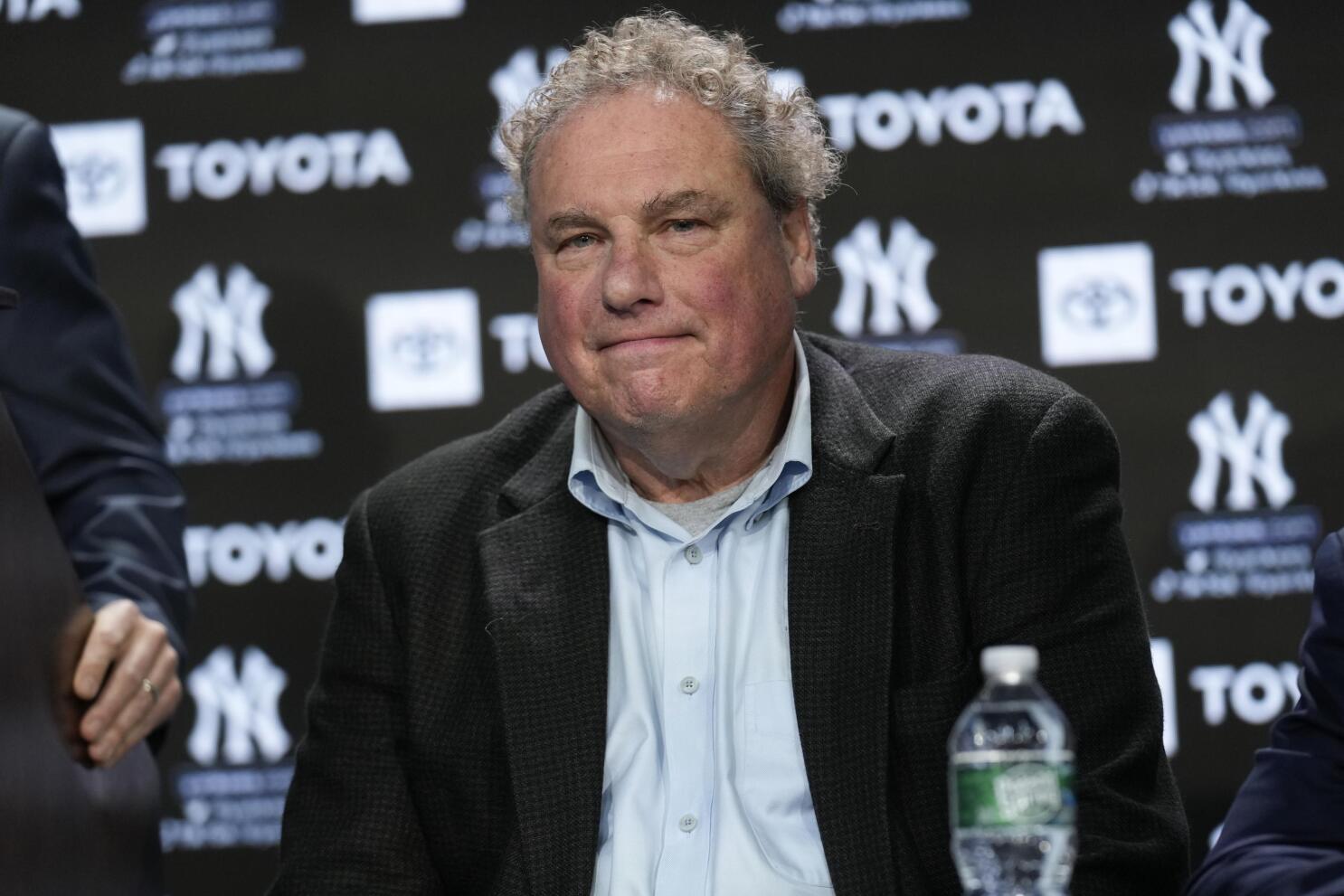The 2023 MLB season saw an unexpected turn of events as the New York Yankees, boasting the second-largest payroll in baseball history at $279.1 million, missed the playoffs. In stark contrast, the Miami Marlins and Tampa Bay Rays, with significantly smaller payrolls of $105.4 million and $79.3 million respectively, secured playoff spots. This disparity has ignited a debate surrounding MLB’s revenue sharing plan, which redistributes funds from high-revenue to low-revenue teams.
Yankees’ President Randy Levine Speaks Out

During a panel discussion at Sportico’s Invest in Sports conference, Yankees president Randy Levine voiced his concerns regarding the revenue-sharing system. Levine criticized the Marlins and Rays for benefiting from revenue sharing while struggling with low attendance figures, stating, “A lot more focus has to be on individual teams to do better and not just rely on revenue sharing.” He emphasized the need for teams to take responsibility and improve their performance.
Attendance Woes in Florida
Levine’s criticism shines a spotlight on the attendance issue faced by the Florida-based teams. The Marlins averaged just 14,355 fans per game, ranking 29th out of 30 teams. While this marked a significant improvement from their 2022 average attendance of 11,203, it still falls far short of what is seen in other major sports leagues. The Tampa Bay Rays also faced challenges, ranking 27th with an average of 17,781 fans per game.
Revenue Sharing’s Purpose
MLB’s revenue sharing plan is designed to level the playing field by redistributing a portion of teams’ earnings. Under this system, 48% of total revenue is pooled and then evenly distributed to all teams. This mechanism aims to support low-revenue teams, like the Marlins, who may not have access to the same level of broadcast revenue as their high-market counterparts.
Marlins and Rays: A Tale of Progress
While both the Marlins and Rays were eliminated in the wild card round, their performances in the 2023 season should not be overlooked. The Marlins achieved an 84-78 record, marking their first winning season in a non-COVID year since 2009. The Rays, on the other hand, maintained an impressive streak of six consecutive winning seasons.
Marlins’ Arbitration Challenges
Looking ahead to the 2024 season, the Marlins face a significant arbitration challenge with 11 eligible players. If all go through the arbitration process, they are projected to command nearly $37 million in salaries. Notably, there are doubts surrounding whether catcher Jacob Stallings will be tendered, given his .191 batting average and limited success in throwing out base-runners.
Future Payroll Considerations
The Marlins’ payroll for 2024 may see substantial adjustments depending on decisions made by key players. Jorge Soler and Josh Bell hold player options for the upcoming season, which, if exercised, could significantly impact the team’s financial commitments. Additionally, players like Avisail Garcia and Sandy Alcantara will have notable salaries on the books.
The Marlins’ unexpected success and the Yankees’ playoff absence have reignited the debate over MLB’s revenue sharing plan. While Levine’s criticisms highlight valid concerns, it’s crucial to recognize the progress made by teams like the Marlins and Rays. As the league navigates the complexities of revenue distribution, it remains essential for individual teams to take proactive steps towards growth and sustainability in an ever-evolving sports landscape.
-

Men’s Antigua Navy New York Yankees Metallic Nova Polo
$69.99 Buy Now -

Women’s Antigua White New York Yankees Brushed Metallic Victory Pullover Sweatshirt
$77.99 Buy Now -

New York Yankees 6” x 19” 3D StadiumView Banner
$43.99 Buy Now -

WinCraft New York Yankees 42″ x 65″ Wool Blanket
$319.99 Buy Now -

Anthony Volpe New York Yankees Autographed White Nike Authentic Jersey
$599.99 Buy Now -

Men’s New Era Cream/Black New York Yankees Team Art 9FIFTY Snapback Hat
$38.99 Buy Now -

Men’s Pro Standard Brown New York Yankees Neutral T-Shirt
$59.99 Buy Now -

Women’s Pro Standard Denim/White New York Yankees Varsity Blues Full-Snap Varsity Jacket
$139.99 Buy Now












